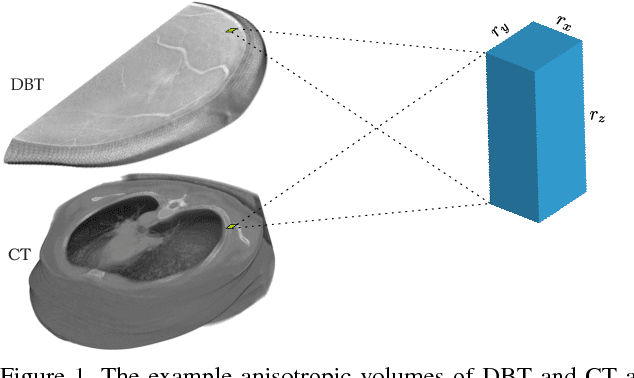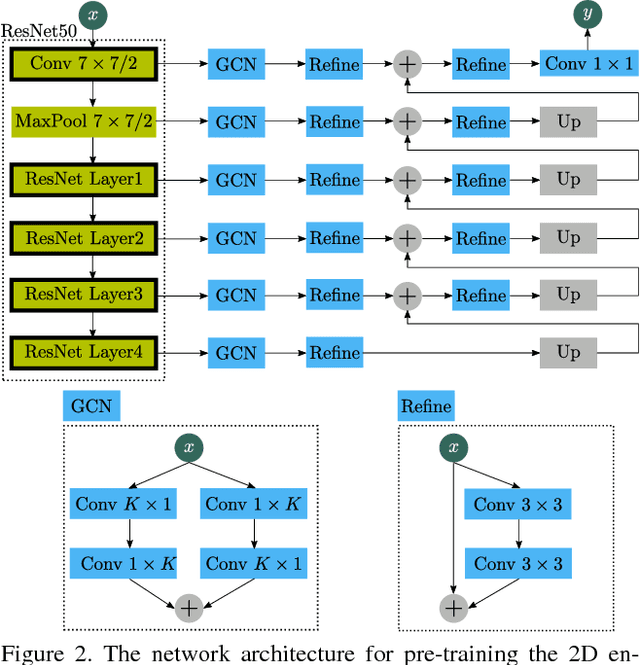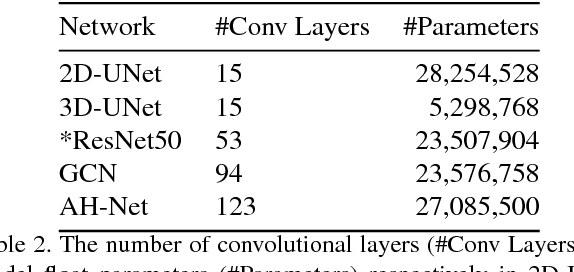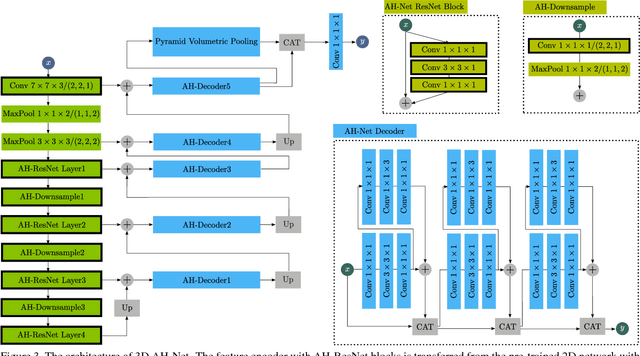Julia Wicklein
An Interpretable X-ray Style Transfer via Trainable Local Laplacian Filter
Nov 11, 2024



Abstract:Radiologists have preferred visual impressions or 'styles' of X-ray images that are manually adjusted to their needs to support their diagnostic performance. In this work, we propose an automatic and interpretable X-ray style transfer by introducing a trainable version of the Local Laplacian Filter (LLF). From the shape of the LLF's optimized remap function, the characteristics of the style transfer can be inferred and reliability of the algorithm can be ensured. Moreover, we enable the LLF to capture complex X-ray style features by replacing the remap function with a Multi-Layer Perceptron (MLP) and adding a trainable normalization layer. We demonstrate the effectiveness of the proposed method by transforming unprocessed mammographic X-ray images into images that match the style of target mammograms and achieve a Structural Similarity Index (SSIM) of 0.94 compared to 0.82 of the baseline LLF style transfer method from Aubry et al.
3D Anisotropic Hybrid Network: Transferring Convolutional Features from 2D Images to 3D Anisotropic Volumes
Dec 04, 2017



Abstract:While deep convolutional neural networks (CNN) have been successfully applied for 2D image analysis, it is still challenging to apply them to 3D anisotropic volumes, especially when the within-slice resolution is much higher than the between-slice resolution and when the amount of 3D volumes is relatively small. On one hand, direct learning of CNN with 3D convolution kernels suffers from the lack of data and likely ends up with poor generalization; insufficient GPU memory limits the model size or representational power. On the other hand, applying 2D CNN with generalizable features to 2D slices ignores between-slice information. Coupling 2D network with LSTM to further handle the between-slice information is not optimal due to the difficulty in LSTM learning. To overcome the above challenges, we propose a 3D Anisotropic Hybrid Network (AH-Net) that transfers convolutional features learned from 2D images to 3D anisotropic volumes. Such a transfer inherits the desired strong generalization capability for within-slice information while naturally exploiting between-slice information for more effective modelling. The focal loss is further utilized for more effective end-to-end learning. We experiment with the proposed 3D AH-Net on two different medical image analysis tasks, namely lesion detection from a Digital Breast Tomosynthesis volume, and liver and liver tumor segmentation from a Computed Tomography volume and obtain the state-of-the-art results.
 Add to Chrome
Add to Chrome Add to Firefox
Add to Firefox Add to Edge
Add to Edge